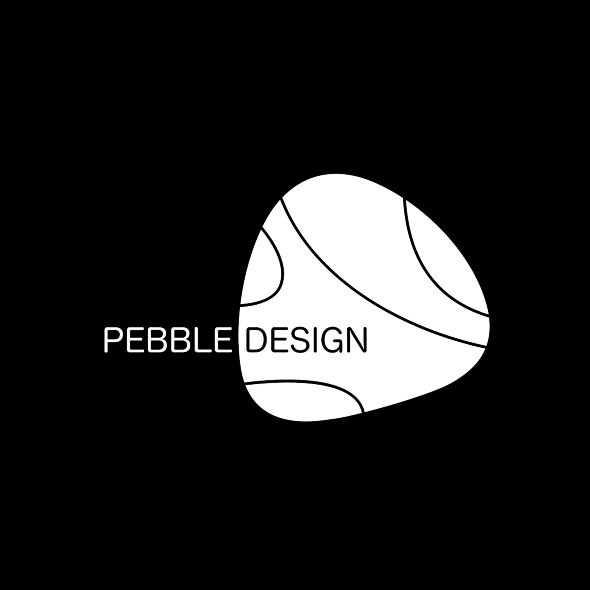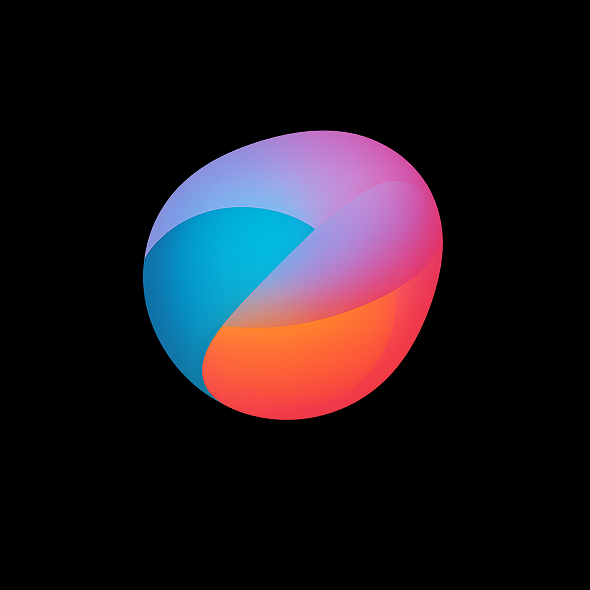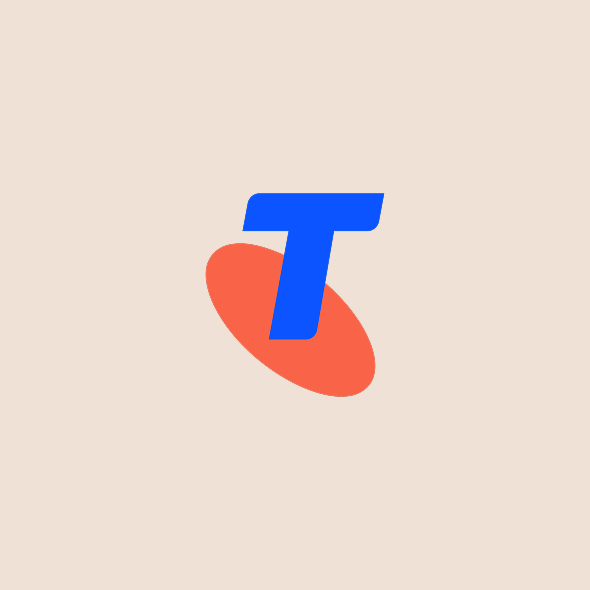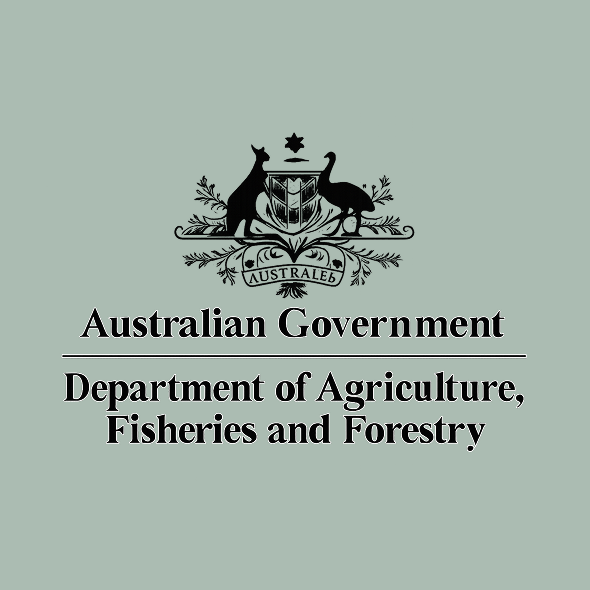
Building Practice
Building Practice
Great products come from teams with strong product practices.
Over the years, I’ve developed a distinctive, end-to-end approach that brings together product management, strategic design, product design, venture design, and user research into a single, cohesive practice.
Using this approach, I’ve helped teams across industries build and mature their product, design, and research capabilities — shaping how they work, collaborate, and deliver meaningful outcomes.
Product Studios
Pebble
-
Pebble was a Sydney-based product studio that partnered with teams to build new products and improve existing ones.
-
I founded Pebble, developed the studio’s product, research, and design practice, led product initiatives, managed and mentored both internal and client teams, and worked closely with senior leadership to ensure product strategy aligned with business goals.
-
At Pebble, I had the opportunity to distil everything I’d learned over the years into a unified product approach. I reflected on my product and project experience, refined the tools and frameworks I’d been developing, and brought it all together into a cohesive way of working.
The result was an end-to-end product practice that shaped how we built products, collaborated with clients, and operated as a team.
Though Pebble has since closed its doors, the Pebble approach lives on — in how I work, lead, and support teams today, and in the product practices of those we worked with: our team, our clients, and everyone we collaborated with along the way.
Fusion Labs
-
Fusion Labs was one of Australia’s leading product, design, and innovation agencies. It was later acquired by Deloitte, forming the foundation of Monitor Deloitte, Deloitte’s product innovation practice.
-
I led Fusion Labs’ product consulting arm, developed its product, research, and design practice, managed and mentored internal product leads and client teams, and led key product initiatives.
-
When I first joined Fusion Labs, there was no unified approach to how we delivered product work. We had smart, capable people, a shared passion for impact, and a stack of books floating around the office — but no common language or repeatable way of working.
I was tasked with helping bring consistency to our approach. Over time, I developed a product, design, and research practice that could guide projects end-to-end — from early discovery to delivery. The goal wasn’t to lock things down, but to give teams a shared foundation they could build on, adapt, and grow with.
That practice became core to how Fusion Labs operated — shaping how we collaborated, how we delivered for clients, and how we mentored the next generation of product leaders. It also became a key part of what Deloitte acquired when it brought Fusion into the fold.
Innovation Labs
Telstra’s Innovation Lab
-
Telstra is Australia’s largest telecommunications and technology company. To stay ahead in a fast-moving industry, it has launched a range of product and innovation initiatives — including the Telstra Innovation Lab in Melbourne, established in 2017. The lab was designed as a space to explore emerging technologies, design new ventures, test digital offerings, and upskill internal teams in human-centred design and modern product methodologies.
-
I acted as Principal Product Manager in Residence at the Telstra Innovation Lab. I helped establish the lab’s product practice, mentored product leads and internal teams, and led key product initiatives. I worked closely with Telstra’s senior leadership, delivery leads, and broader teams to embed new ways of working — aligning product strategy with Telstra’s broader innovation goals, while also building capability and maturing practice across teams.
I was also responsible for managing and mentoring other product leads within the lab. -
I got to work on the Telstra Innovation Lab as part of my role as Head of Product Consulting at Fusion Labs, a product and design innovation studio based in Sydney.
Given the scale of the engagement, I relocated to Melbourne for half a year to help set up the lab from the ground up — defining the product practice, embedding best practice, and upskilling teams along the way. As the lab grew, additional product leads joined the effort. I was responsible for mentoring and managing these leads, aligning our approaches, and leading the more complex or high-stakes initiatives.
Over time, we established a cohesive product practice — including frameworks, processes, and day-to-day rhythms for how work was done. We introduced discovery and delivery methods, ran design sprints and pilot launches, and showed what good looked like through hands-on leadership and collaboration.
Alongside internal ventures, we worked on co-venture initiatives with Telstra and other corporate partners — engaging directly with executive leadership and navigating complex cross-organisational contexts.
Working inside Telstra — with access to cutting-edge technology, data at scale, and enterprise-level delivery — was both inspiring and formative. It was a powerful opportunity to apply modern product thinking in a space where scale, enablement, and ambition were all in play.
Boral’s Innovation Lab
-
Boral is Australia’s largest construction materials company. B-Hub was Boral’s internal innovation lab — created to design, test, and deliver new digital products and services that could help shape the company’s future offerings.
-
I served as B-Hub’s Principal Product Manager in Residence.
I helped develop the lab’s product and design practice, mentored product leads and internal teams, and led key product initiatives across the business.
I worked closely with Boral’s executive leadership to ensure product innovation aligned with the company’s broader strategic objectives — and helped shape how product thinking and practice were applied across B-Hub’s product initiatives.
-
I joined B-Hub in its infancy — the structure, brand, and ambition were in place, but the practice hadn’t yet been built. There was a broad vision to explore multiple product opportunities, but no clear process for taking ideas from concept to reality.
My focus was on building that process from the ground up, while also leading by example and showing what good looks like. I helped develop the overarching delivery approach — from early-stage design sprints through to full product builds — using stage gates grounded in user insight, product desirability, financial viability, technical feasibility, and strategic alignment.
I also helped shape the day-to-day work: how to map users, break down assumptions, conduct interviews, test solutions, iterate concepts, and guide products toward something both meaningful and viable.
I led product initiatives hands-on, helped define how product thinking should show up within the lab, and mentored both internal teams and other product leads — helping embed a stronger, more repeatable product practice.
B-Hub was a fascinating experience — taking a legacy business known for physical materials innovation and exploring what digital products and services could look like in that context.
Meta’s Innovation Lab
-
Meta (formerly Facebook) is one of the world’s largest technology companies — known for its platforms like Facebook, Instagram, WhatsApp, and its pioneering work in emerging technologies such as AI, AR/VR, and the metaverse.
As part of its global innovation efforts, Meta has explored new ways to foster innovation through internal product teams, external partnerships, and dedicated innovation labs. One such initiative was NPE (New Product Experimentation) — a San Francisco–based lab established to explore new digital opportunities and develop experimental products using emerging technologies.
-
I worked with Meta’s NPE (New Product Experimentation) team on The Global Heritage Archive (GHA) — a virtual reality application that allowed users to explore cultural and historical sites in fully immersive environments. Designed to preserve and share global heritage, GHA offered a powerful, experiential way to connect with the world’s cultural landmarks.
I initially joined the GHA initiative to support discovery, product innovation, and early-stage strategy. However, my role quickly expanded to include helping define the product’s purpose, understand the broader context, identify and articulate key user groups, and sharpen the overall proposition.
Drawing on the frameworks and tools I’d developed through my own product studio (Pebble), I helped bring greater clarity, structure, and momentum to the team’s process — aligning ways of working and strengthening the underlying product practice.
-
When I first joined the GHA team, the product had been in ad-hoc development across multiple internal and external teams for some time — but it lacked clear direction and a shared product practice.
Throughout my time on GHA, I introduced and formalised product, research, and design practices — mentoring and up-skilling the broader team as we went. From product fundamentals, to the craft of designing desirable features and experiences, to the art and science of understanding users and testing ideas — we established a coherent practice that gave the team structure and set the product up for success.
As GHA evolved, these practices were embraced by the team and some even began to spread across other product initiatives within NPE. So even though I wasn’t brought in to develop Meta’s innovation lab, I had the opportunity to meaningfully influence how it worked.
For interest: GHA went on to become one of NPE’s most ambitious and successful initiatives — delivering a uniquely immersive VR experience unlike anything else in Meta’s portfolio at the time.
Government
ABC
-
The ABC is Australia’s national public broadcaster. It produces written, audio, and video content across news, culture, and beyond.
I worked within the Digital Product team — the group responsible for shaping, designing, and delivering the ABC’s digital products, tools, and services. -
I was brought on to help define the future of product at the ABC. My work focused on leading the development of the Digital Product team’s people and product strategy, maturing its product and design practice, and reshaping its portfolio — with the aim of building a more intentional, cohesive ecosystem of digital services and experiences.
Working closely with both senior leadership and extended teams, I helped deliver a forward-looking strategy that positioned the organisation for long-term product success.
-
I joined at the start of the COVID-19 pandemic — a time of disruption and uncertainty, but also a rare moment of opportunity. With everyone working remotely and the pace of delivery slowing, we had the space to pause, reflect, and reset.
Joel Brydon, Head of Digital Product, saw this as a chance to reimagine the future of his team. His vision: to make the ABC one of Australia’s best places to work in product within 3–5 years — home to world-class products, meaningful scale, a thriving product culture, and a high-performing, mission-driven team. I was brought in to help bring that vision to life.
I approached the product strategy as a product in its own right — shaping it iteratively and collaboratively with the extended team. I worked top-down with leadership and bottom-up with product teams to surface needs, ideas, and aspirations at all levels. The aim was to build something meaningful, tangible, and actionable — offering clarity and support without being overly prescriptive.
Together, we strengthened product fundamentals by aligning on terminology, frameworks, and processes, and by mapping and refining product development journeys. We set long-term goals, defined a shared product vision, established product and culture principles, and developed an integrated people-and-product strategy designed to reinforce and elevate each other.
We also mapped the ABC’s full ecosystem of digital products and services — identifying opportunities to simplify, streamline, and unify the portfolio, bringing greater clarity and cohesion across user offerings and experiences. In parallel, we surfaced opportunities for future product innovation across the ecosystem.
My work at the ABC provided the Digital Product team with clarity and direction for the years ahead — laying the foundations for stronger product practice, a more empowered culture, and greater long-term impact. On a personal note, it was some of the most meaningful and impactful work I’d done in many years.
Department of Agriculture
-
Each year, Australia exports over $80 billion in agricultural goods. The Department of Agriculture is the federal agency responsible for overseeing and regulating this critical national trade.
-
At the Department of Agriculture, I led product, research, and design for two major digital platforms — shaping both from concept through to launch. I defined product visions and roadmaps, guided feature development, drove user research and prototyping, and led cross-functional collaboration from discovery to delivery.
While not officially part of my remit, a core part of my impact was building product practice within the teams I led. Our product practice became a key driver to our success. Our approach proved so effective that many parts of it were quickly adopted by other product teams across the department.






